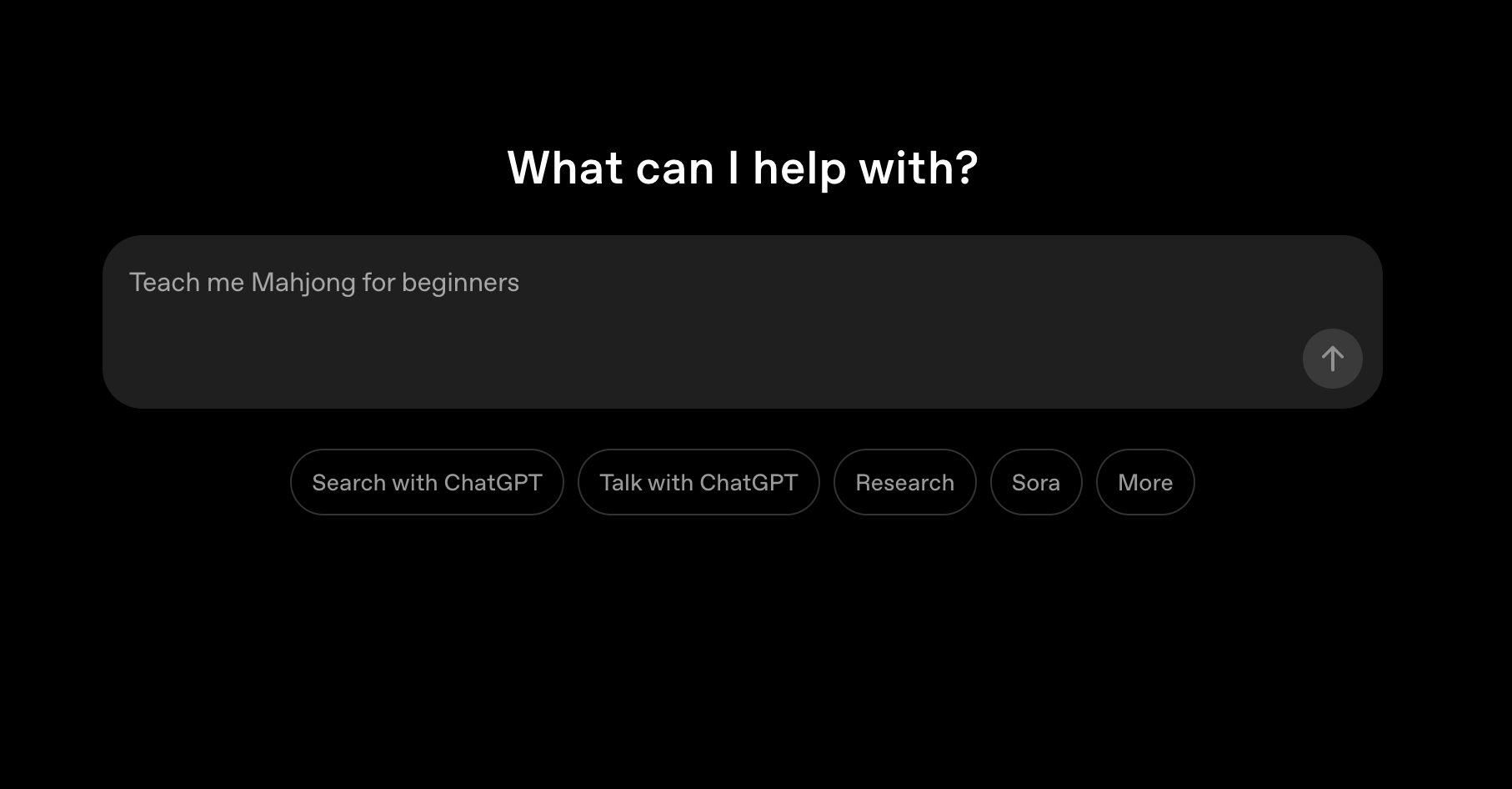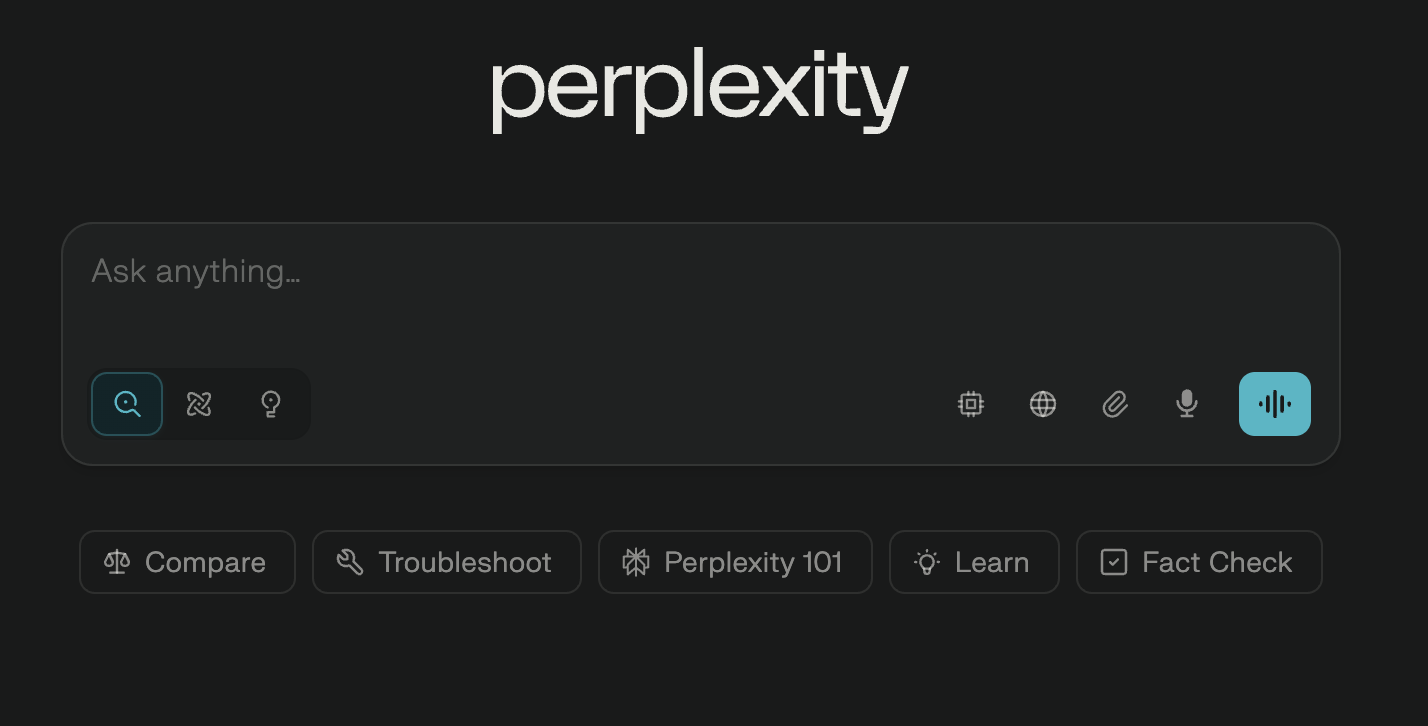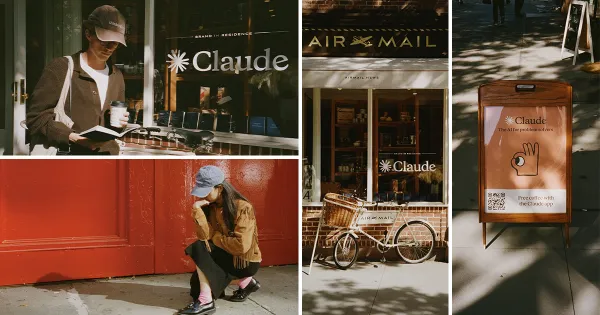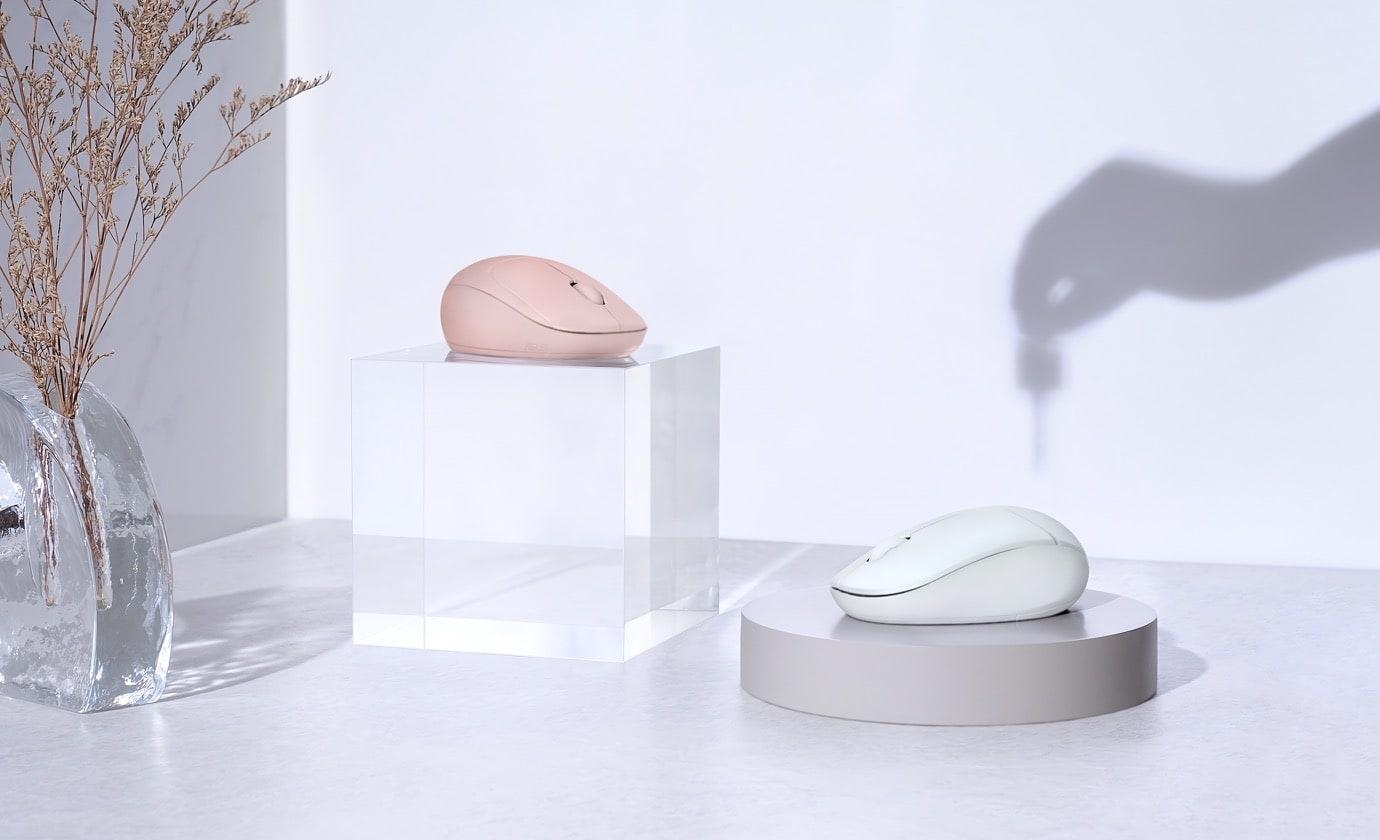Why the AI race will be won and lost by branding
Which AI will you use? The one you know.
The introduction of large language models (LLMs) into our lives has triggered one of the fastest changes in consumer behaviour in recent times. The person primarily responsible for this turning point, OpenAI founder and CEO Sam Altman, suggested this year that 10% of the world now uses ChatGPT, making it one of the fastest-growing businesses ever.
There is no doubt that AI is already having and will continue to shape consumer behaviour, with a Capgemini survey released earlier this year showing that 71% of consumers now want generative AI tools integrated into their shopping experiences. And while there are many opinions on what this means for brands and how they need to adapt (most of which are overly alarmistic), what is being overlooked in the conversation is what a brand means to the LLMs.
Already at this very early stage of commercialised AI, I would argue ChatGPT and Claude are running away with the category. Not only because of their early mover advantage or high usage numbers, but more importantly, in terms of building a brand (and it's not just about having the best logo).
Why is brand so important, and what challenges will LLMs face?
Claiming category leadership

First mover advantage cannot be denied, but it rarely means being first. As most of us know, OpenAI was not the first AI company; by most accounts, Google was where much of the early thinking and technology was actually developed.
Still, OpenAI was able to dominate the discussions around commercialised AI early on by establishing a clear brand focused solely on AI. Yes, it had the first real AI consumer-facing product with ChatGPT, but within the universes of Google, Meta or Amazon, AI has become more of a feature than a completely new product.
Apart from the inventor’s dilemma, Google, faced with AI search potentially hurting its core search engine business, also demonstrates the importance of having a clear brand architecture strategy.
Daily design news, reviews, how-tos and more, as picked by the editors.
Even with the close ties to Microsoft, OpenAI had a distinctive brand from day one and, through a charismatic spokesperson and master salesman in Sam Altman, has claimed category leadership. Microsoft keeping somewhat of a distance from OpenAI has clearly benefited both companies.
The lesson here, then, is that the first mover is more about building the brand at the right time and with a distinctive offering than necessarily being the first product on the market.
Which leads us to tech’s common over-belief in product.
The product delusion

As AI becomes a more established category, a pattern we keep seeing over and over again in tech is what Peter Weinberg and Joe Lombardo so eloquently coined the Product Delusion. Simply put, it is the engineering and product-driven belief that the best product with the most innovative and mindblowing features will always be the most popular and thus the winning brand.
However, as we know from many historical examples (do I have to mention the all-mighty fruit brand?), that is simply not true. Humans do not rationally choose the best product. Not even in very young categories where tech is at the heart of a revolution. Other mechanisms drive us. And this is the brand opportunity for LLMs to show users how they are meaningfully different.
According to market research firm Kantar’s ‘Blueprint for Brand Growth’, difference is even more important for brands in the early growth stage. But what I can see is that there is very little that the AI brands do to differentiate themselves from one another. They all highlight the same rational benefits of why their product is right for you, and, as Radek Sienkiewicz’s witty blog points out, their logos all look like buttholes. Please just look at the user interface and tell me who is who…
Category codes can help you identify in what space the brand is competing. But with gradients and magical stardust all of a sudden being the core of your graphic identity to communicate AI-ness, how the hell is the consumer supposed to remember you? The only thing a generic category emulation does is strengthen the category leader.
As Weinberg and Lombardo write in their article, “Buyers don’t want the best possible product, buyers want good-enough products that come to mind easily (mental availability) and are easy to purchase (physical availability).”
In recent events, OpenAI (ChatGPT) and Anthropic (Claude) seem to have understood this.
OpenAI ditched the self-glorifying “Next Leap in human innovation” Super Bowl spot (product delusion, anyone?) for a new, much more human-centric concept. Its new brand ads focus on “Everyday magic”, have been shot on 35mm film (that means old-school film for those who wonder) and have renowned Hollywood stylist Heidi Bivens helping create a very authentic feel to the ads.
Meanwhile, Claude, whose brand identity to me always has signalled a hipster coffee shop in San Francisco more than a tech leader, launched its Keep Thinking campaign. Understanding that its target audience sees themselves as problem solvers, what I have heard from the developers I work with is that the campaign really resonates.

Independent of what you might think of the campaign, the important lesson here is that ChatGPT and Claude have understood the importance of brand positioning and that looking like yourself rather than like everyone else is how you get remembered.
The great authorities on the topic of brand growth, Professor Jenni Roumaniak and Professor Lara Stocci from the Ehrenberg Bass Institute, along with LinkedIn, have just published a study on the ‘Rejection of Generative AI Brands’ that supports this argument. In the study, they conclude:
“Lack of familiarity was the most common reason for rejection (22%), which means lack of company knowledge did not stimulate curiosity, but rather rejection. You can’t assume buyers will go looking for you if you don’t make it easy for them to build the right memories about your company. They may just cross your company off the list instead.”
The winner, therefore, will not be the best AI, but the one that people know.
Entertainment is what gets you attention and what we remember

During this year’s Cannes Lions Festival, Mark Ritson, along with System1 and the Effies, presented what must be considered the biggest nail in the coffin to the notion that creativity is merely the vanity of marketers.
In the creative dividend, they show that, apart from brand size, creative quality (excluding the size of your brand) is the most important profit factor, being a 12X profitability multiplier. Creative quality has long-term business effects by leveraging emotional messaging, brand codes, daring not to be dull, entertaining your audience and sticking to the same message over time (what Andrew Tindal refers to as ‘Compound Creativity’).
And no, this is not just true for consumer goods. The more complex or potentially boring your product is, the more critical the entertainment value is in helping it stand out and be remembered. As identified in the 2022 Google and Bain Study, 92% of B2B buyers ultimately buy from vendors already on their Day 1 shortlist.
Fortunately for them, the AI brands do not face the problem of being boring. Everyone is talking about it, and nothing is sexier right now than AI. Yet, no one is really capitalising on that; instead, they choose to focus on security and stability. While those might be important things, they will not help me remember you.
Being remembered starts with attracting consumer attention. As Dr Karen Nelson-Field argues in her research and writing about ‘The Attention Economy’ in a fragmented and noisy media world, brands don’t buy impressions; they buy human attention, because only attention leads to memory, influence, and business results.
The battle for AI dominance will ultimately not be determined by computational power or generative capabilities. But, as so many times before, the struggle lies in becoming the largest brand in the category.
For more on brands, see from Meta to PepsiCo, when does a company outgrow its biggest brand?

Carl Ronander is VP of Brand and Communication at Funnel with nearly two decades of experience in brand strategy and management.
You must confirm your public display name before commenting
Please logout and then login again, you will then be prompted to enter your display name.

